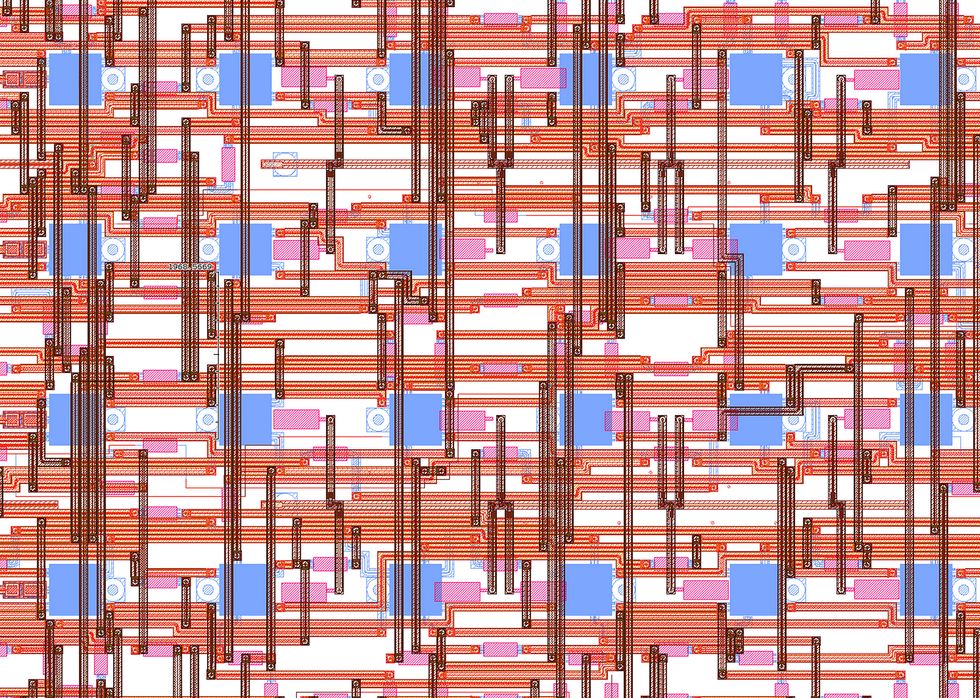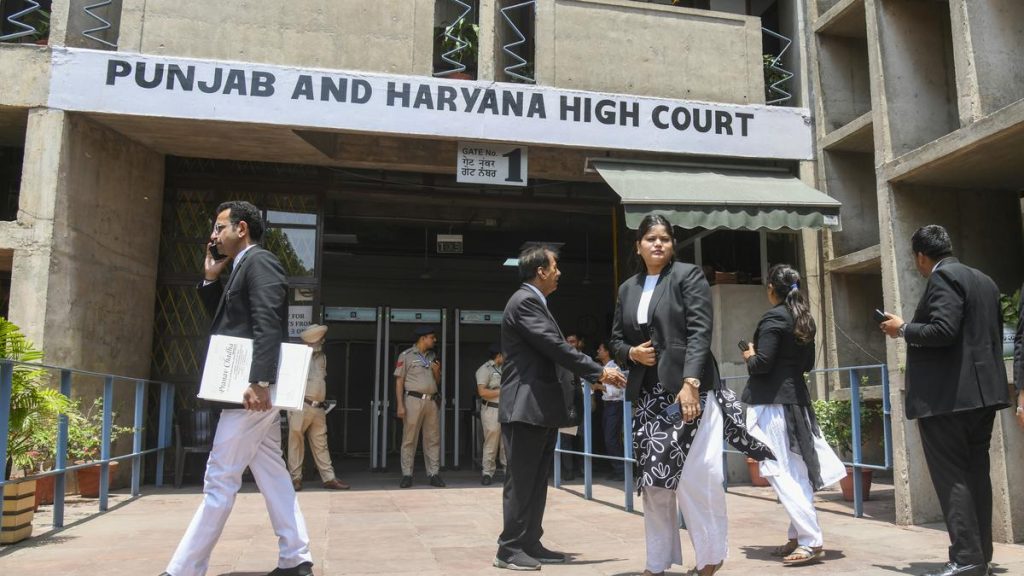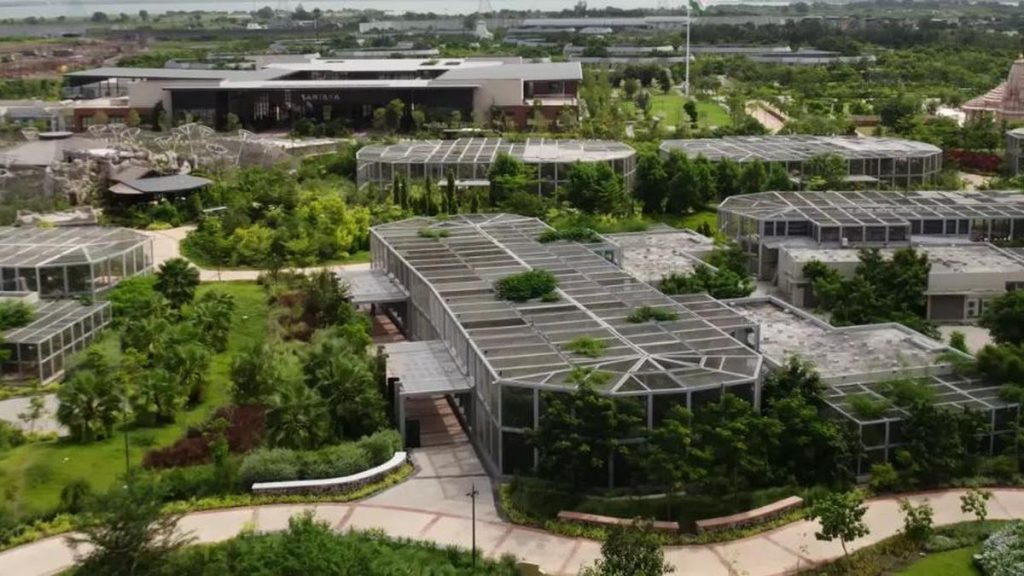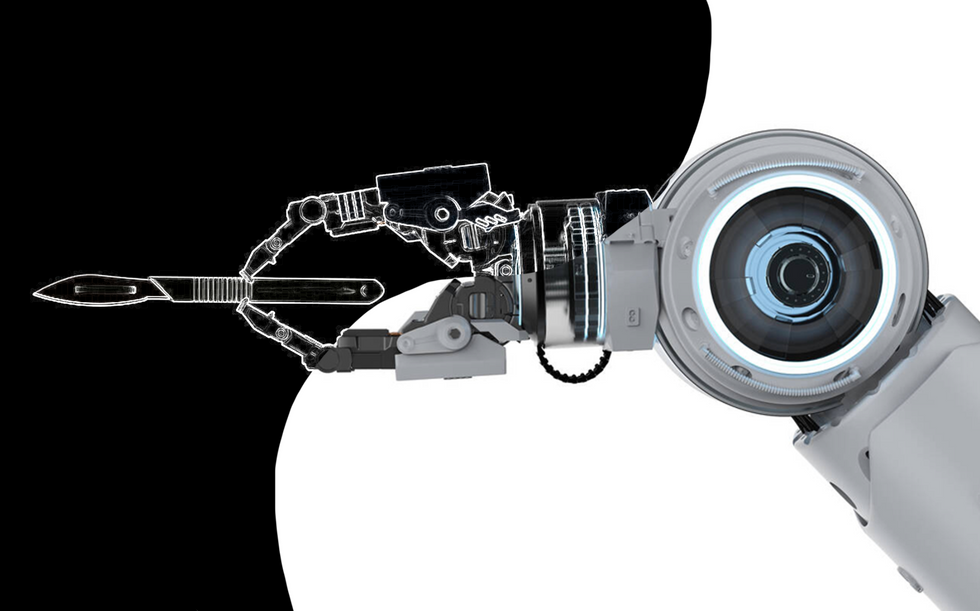Now Reading: IBM Claims Breakthrough in Quantum Error Correction
-
01
IBM Claims Breakthrough in Quantum Error Correction
IBM Claims Breakthrough in Quantum Error Correction

Swift Summary:
- IBM has revealed a new quantum computing architecture based on quantum low-density parity check (qLDPC) codes, reducing the number of qubits required for error correction by about 90% compared to surface codes.
- IBM aims to develop its fault-tolerant quantum computer,Starling,with 200 logical qubits by 2028 and make it available via cloud services in 2029.
- A processor called Loon will debut later in 2025, using couplers for distant qubit connection-a key feature of qLDPC architecture.
- The development roadmap includes future processors like Kookaburra (2026) and Cockatoo (2027), leading up to Starling and eventually a larger machine codenamed Blue Jay with 2,000 logical qubits.
- IBM highlighted breakthroughs such as enhanced chip connectivity via advanced fabrication techniques while acknowledging remaining engineering challenges like gate fidelities and coherence times of microseconds-to-milliseconds that need scalability advances.
- Experts noted that IBM’s modular approach could face technical hurdles but praised its potential for practical applications once realized.
Indian opinion Analysis:
IBM’s breakthrough in quantum error correction represents a pivotal advancement on the path toward scalable fault-tolerant devices capable of realizing the full promise of quantum computing. For India, which prioritizes embracing cutting-edge technologies to augment industrial innovation and scientific capacity under programs such as Quantum Mission India launched recently-collaboration opportunities likely introduced themselves anew w/ reduced dependency ecosystem scaling-if counterparts further avoid shortcuts guaranteeing allied readiness-policy-design phase perspectives Read more progress capable confirm friction adaptable nations share-room cross-forwarded comparative equal systems dynamically read await compute speed.
Read More























